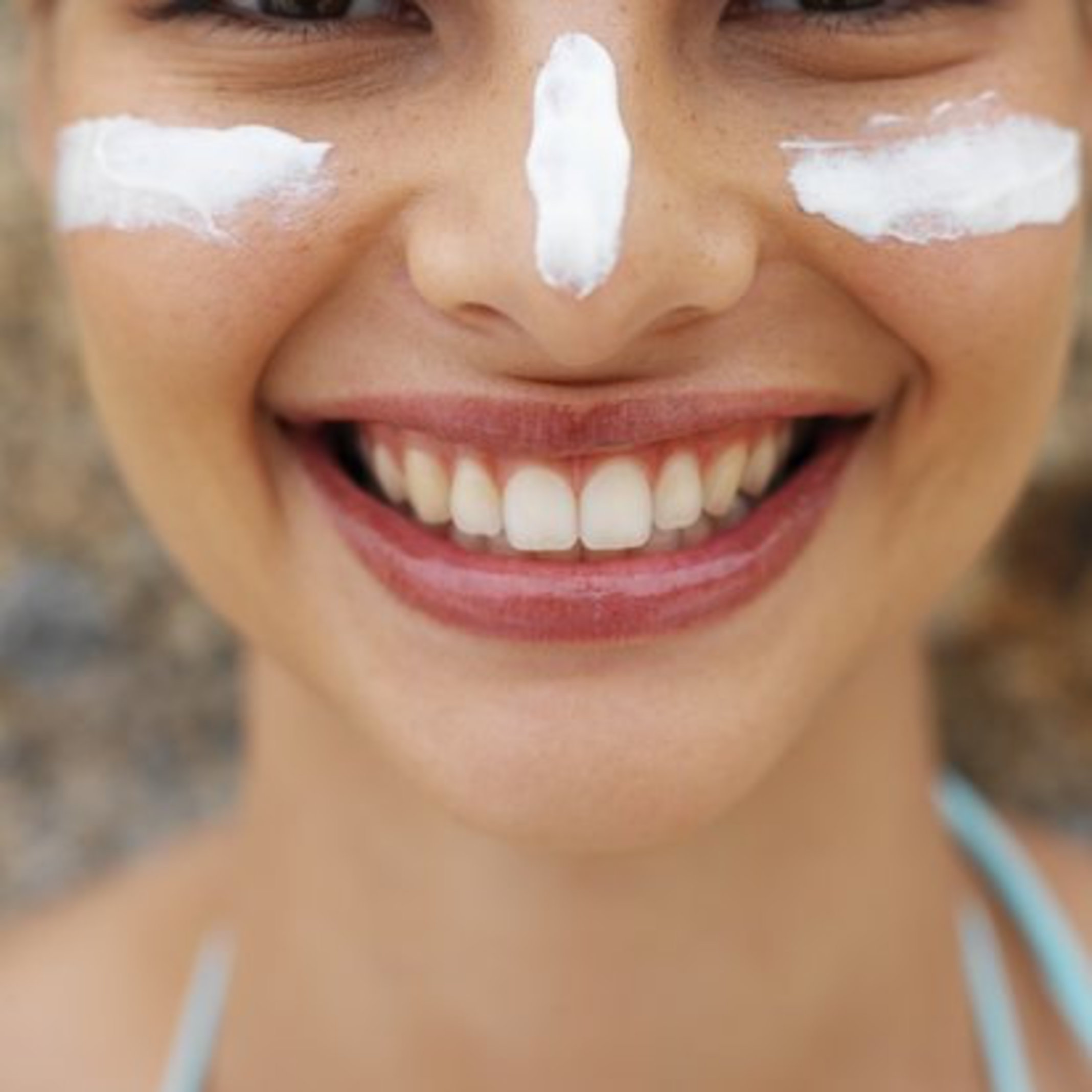There was a time when parents didn't use bug spray on their kids. Bug bites were just a part of life. And then came the Lyme disease and West Nile virus and a host of other diseases hitching a ride on insects, just waiting to get our kids. Protecting your baby from bugs isn't just about the annoying bite anymore. It's keeping scary disease at bay.
But like all things in parenting, that's easier said than done. For every scary disease out there, there's a bottle of chemical-laden bug repellent just waiting to make our delicate little babies sick.
It almost doesn't seem worth it, does it? We put all this time into finding non-toxic laundry detergents and shampoos, only to be told we need to put something on our babies that's quite literally made to kill a creature!
Only keeping the bugs away is worth it, at least if you look at the Centers for Disease Control and Prevention statistics. The number of cases of Lyme disease has more than doubled over the last 15 years. There were more than 24,000 confirmed reports in 2011. Since 1999, the CDC has received official reports 37,088 cases of West Nile virus and 1,549 deaths related to the mosquito-born illness.
So what the heck is a parent to do? Can we protect our babies from bugs without exposing them to a raft of toxic chemicals?
Now for the good news — we can. And we don't have to put them in bubbles to do it! Cue happy dance (don't worry if you're holding the baby, it will help get out the gas bubbles).
Here are the best tips to keep your baby safe from bugs! Some are common sense … but some might surprise you (they did me!).
How are your handling the big bad bug season with baby?
Image via donnierayjones/Flickr
9 Non-Toxic Ways to Protect Babies From Bugs

Bug Shield the Carrier

The American Academy of Pediatrics recommends that no insect repellents — regardless of toxicity — be used on newborns 2 months and younger.
Can't keep the baby inside for two straight months? Of course you can't! A bug shield draped over the carrier is not a perfect fix, but it will at least keep some of the worst disease carriers at bay during this perilous period.
Check Local Health Risks for Specific Insects

The risk of various insect-borne illnesses varies from area to area, and different insect repellents work better on different bugs.
Once you know if you really need something that will prevent Lyme (carried by ticks) or West Nile (carried by mosquitoes), you can check with the Environmental Working Group's new Guide to Kid-Safe Bug Repellents to find one that has a low toxicity AND meets your needs. This way you avoid overburdening baby's system with unnecessary chemicals.
Not sure what the risks are in your area? Call your local health department or use this handy West Nile map from the CDC, and their Lyme Disease Map.
Don't Spray Insect Repellant on Baby's Face

It's not easy to keep a baby from opening his or her eyes or mouth while you're spraying insect repellent — even the stuff that's considered pretty safe. Don't risk it! If you must put it on the body, spray your hands with the repellent, then apply to their face.
Apply Bug Spray to Baby's Clothes

Worried about the chemicals on their skin? An even better bet is to spray their clothes INSTEAD of their skin. Make sure you apply heavier concentrations to openings — neck hole, arm holes, etc.
Keep Baby's Skin Covered When Outdoors

Bugs love to land on open skin, but if you keep them mostly covered in long sleeves and pants — with light fabrics so they're not sweltering — it's much easier to keep the bugs away. It also makes it easier to simply spray a little repellent on the clothing.
Don't Reapply Bug Spray

Unlike sunscreens, you don't need to keep applying bug spray over and over. If anything, you should use it as sparingly as possible (read the directions of course) to avoid a real concentration on baby's skin.
Avoid Sunscreen With Insect Repellant Built In

Because sunscreen needs to be applied frequently to protect kids' skin, you risk exposing kids to too much DEET with these types of products — even if there isn't that dangerous a level of the chemical in the product.
Avoid Buggy Areas

Sometimes this is easier said than done, but there are some obvious places you shouldn't venture with baby, including: fields of high grass, pools of stagnant water, gardens with dense plants.
Give Baby a Bath After Trips Outside & Check for Ticks

You need to wash any insect repellent off your baby as soon as you can so it doesn't spend too much time on the skin. This is also the time to do a thorough tick check to remove any ticks before they have time to embed and transmit Lyme disease (that takes about 36 hours).
Babies have those delicious chubby legs that parents love … and ticks love too. They're always looking for the warm, moist areas of the human body, and the folds in a chubby baby's skin are right up their alley. So check EVERYWHERE.




